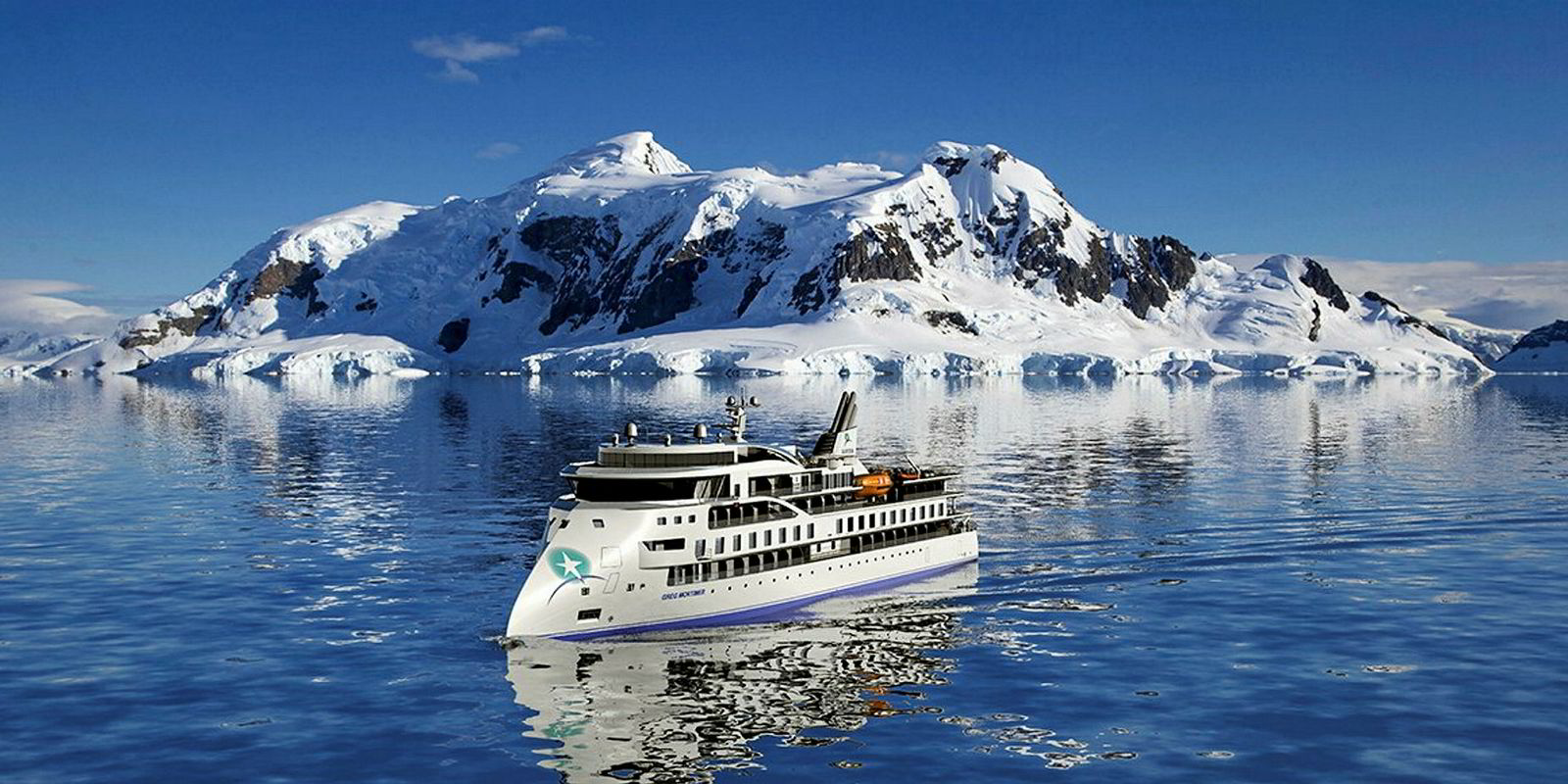With Europe’s leading cruiseship builders fully booked for years ahead, expedition vessel owners have turned their attention to shipyards previously focused on the offshore and cargoship markets.
Norway’s Vard, in which Fincantieri has a majority of the shares, Ulstein Group and compatriot Kleven Yards are among the offshore players to have scored orders.
But others have elbowed in on the action, including Portuguese newcomer WestSea Viana and Croatian builders Uljanik and Brodosplit — the latter pair more associated with tankers, car carriers and bulkers.
Ulstein has already started cutting steel for a 12,300-gt expedition cruiseship for Lindblad Expeditions that is to be delivered in 2020.
It will use the yard’s X-BOW design aimed at increasing fuel efficiency and improving guest comfort in rough seas.
Lindblad chief executive Sven Lindblad describes it as the “most extraordinary global expedition ship in the world on a multitude of levels”.
High ice-class will allow it to venture into polar regions. Expanded fuel and water tanks facilitate longer operations in remote areas.
Miami-based SunStone Ships’ order for four firm, plus six options, expedition cruiseships at China Merchants Industry Holdings is also among the most interesting developments, although also with a European twist.
Ulstein Design & Solutions is designing the vessels, which will also feature the X-BOW and, according to the contract, allows for the newbuildings to range from between 100 and 200 passengers.
Ulstein Design & Solutions is delivering and supervising the entire European-sourced technical package, which includes generators, air conditioning and sewage treatment, and Wartsila engines.
SunStone chief executive Niels-Erik Lund points out that of the 115 similar Ulstein X-BOW hulls constructed to date around the world, 50 have been built in China under Ulstein’s supervision.
The yard has signed up with Tillberg Design in the US for the interior design, while Makinen of Finland will handle the cabins and public spaces such as restaurants and bars.
Lund tells TradeWinds that the finished product will be a European expedition cruiseship assembled in China. The newbuildings are needed as replacements for SunStone’s older vessels.
WestSea is building World Explorer, a 200-passenger expedition ship owned by Mystic Cruises. Initial charters are for Quark Expeditions and then Nicko Cruises.
The newbuilding will accommodate just 176 passengers in 86 cabins and feature a glass-domed observation lounge.
The Portuguese yard, part of the Martifer industrial group, acquired the sub-concession on the site previously operated by the loss-making Estaleiros Navais de Viana do Castelo, whose assets were liquidated and sold by the state.
In Croatia, Pula-based Uljanik’s two 228-passenger vessels for Scenic Tours will carry a Polar-class 6 COLD DI notation, allowing them to operate both summer and autumn in medium first-year ice.
The first vessel of 168 metres in length, built under the supervision of classification society Bureau Veritas Croatia, was launched from slipway No 1 on 31 January this year.
Brodosplit has orders for a 300-passenger vessel for Star Clippers and a 200-passenger unit for Oceanwide Expeditions.
As well as charterer Aurora Expeditions taking a 50% stake in the first of SunStone’s newbuildings, Hurtigruten and its owner, Petter A Stordalen, along with TDR Capital, have invested NOK 300m ($38.5m) in Kleven Yards.
Kleven Yards, which needed fresh capital following the downturn in the offshore market, is constructing Hurtigruten's 21,000-gt Roald Amundsen and Fridtjof Nansen, which will be the world’s first battery-powered hybrid ships.
Rune Thomas Ege, the Norwegian company's vice president of global communications, has criticised the cruise industry for not being sufficiently adventurous from a technological perspective but says change is on the horizon.
He told a cruiseship forum in London that he was curious why the use of large battery packs had not become widely acceptable.
"We find it a no-brainer," he said. "It saves fuel, saves emissions and saves us money.”
It is claimed that Hurtigruten’s so-called “next-generation of explorer ships” will — including hull design — cut fuel consumption and emissions by more than 20%. The company has stopped using heavy fuel oil in the Arctic.
Hurtigruten is planning two more hybrid battery-powered expedition cruiseships.
Meanwhile, Fincantieri-controlled Vard Holdings, which has nine shipyards in Norway, Romania, Vietnam and Brazil, has racked up orders for eight cruiseships.
Several are for France’s Ponant, whose orders include the first electric hybrid icebreaker, featuring high-capacity batteries and LNG storage onboard for the dual-fuel propulsion.
They are in Europe because the yards can deliver ships on time and at a price that satisfies the owners
Designed to take passengers to the true geographic North Pole, the 270-berth ship’s hull will be constructed at Vard Tulcea in Romania.
Vard’s cruiseship orderbook also includes the 230-passenger Hanseatic Nature and Hanseatic Inspiration for Hapag-Lloyd.
But the reason for owners placing cruiseship contracts in smaller European yards is not solely because the bigger yards are full, it is argued.
“They are in Europe because the yards can deliver ships on time and at a price that satisfies the owners,” one passengership source says.
“Chinese yards may be cheaper but the question is what do you get and when do you get it. Look even at Mitsubishi. Despite Japan being extremely organised and attentive to quality, it completely missed the goal [with AIDA Cruises’ loss-making newbuildings]."
The source adds that South Korean yards tried but also dropped the cruiseship ball.




